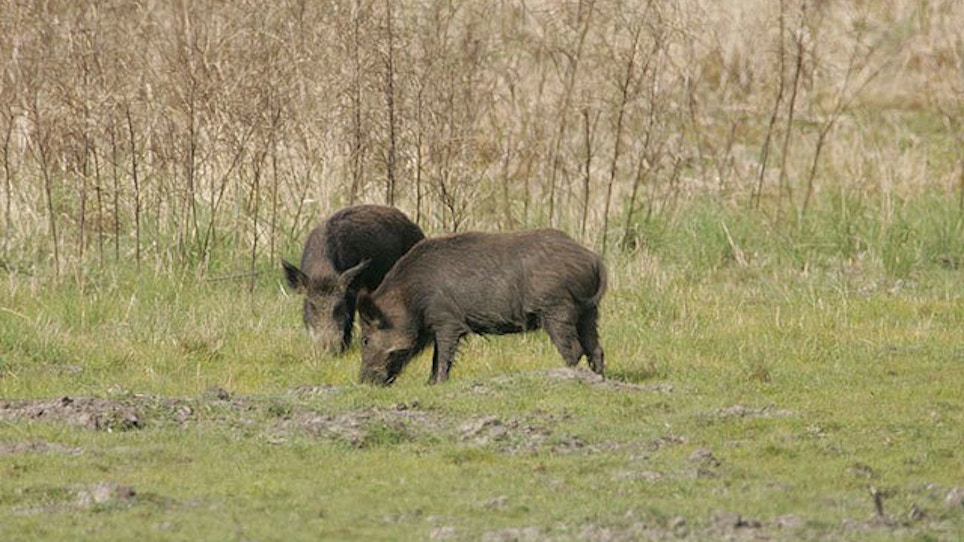Feral pigs in Canada is a thing, thanks to introduction in the last 35 years, and wildlife officials in three states are on alert for any adventurous swine crossing the border into the United States.
Wildlife officials in Idaho, Montana and North Dakota are on continuous alert for notifications from landowners, hunters or others about sightings of feral pigs. According to the National Post, the pigs were introduced in Canada in the 1980s and 1990s "for agricultural diversication," which for anyone who knows the destruction the animals can cause seems to be a bad idea. The National Post reported that research from the University of Saskatchewan shows the pigs have expanded their population throughout Canada and are found in all provinces except the Maritimes.
The newspaper said sightings have been made in the three states, but the pigs have not been able to gain a foothold. One possible reason why is the harsh winter weather, although that doesn't make sense since Canada's is as rough or worse than that in Montana, Idaho and North Dakota.
From the Post:
North Dakota has had a couple instances, both of regular domesticated pigs escaping or being let loose and then turning feral, but there have also been Eurasian boars up near the border with Manitoba, in the Turtle Mountains, due south from Brandon, Man., said Casey Anderson, the assistant chief of the wildlife division with North Dakota game and fish.
“You kinda think, ‘Oh, they’re not gonna make it too long in our winter.’ They’re actually building, like, giant muskrat huts out of cattails,” he said. “They are resourceful buggers.”
Anderson said he figures it’s been around a decade since the last Eurasian boar was found in the state, most of them are escaped domestic pigs.
Whether escaped domestic stock, which can turn feral in four or five generations of breeding if not captured, or true wild swine, officials in these three states aren't leaving anything to chance. They know what has transpired in Texas and more than two dozen other states where the prodigious porkers have become established.
“We don’t want any more invasive species in (Montana),” Steuber said.






